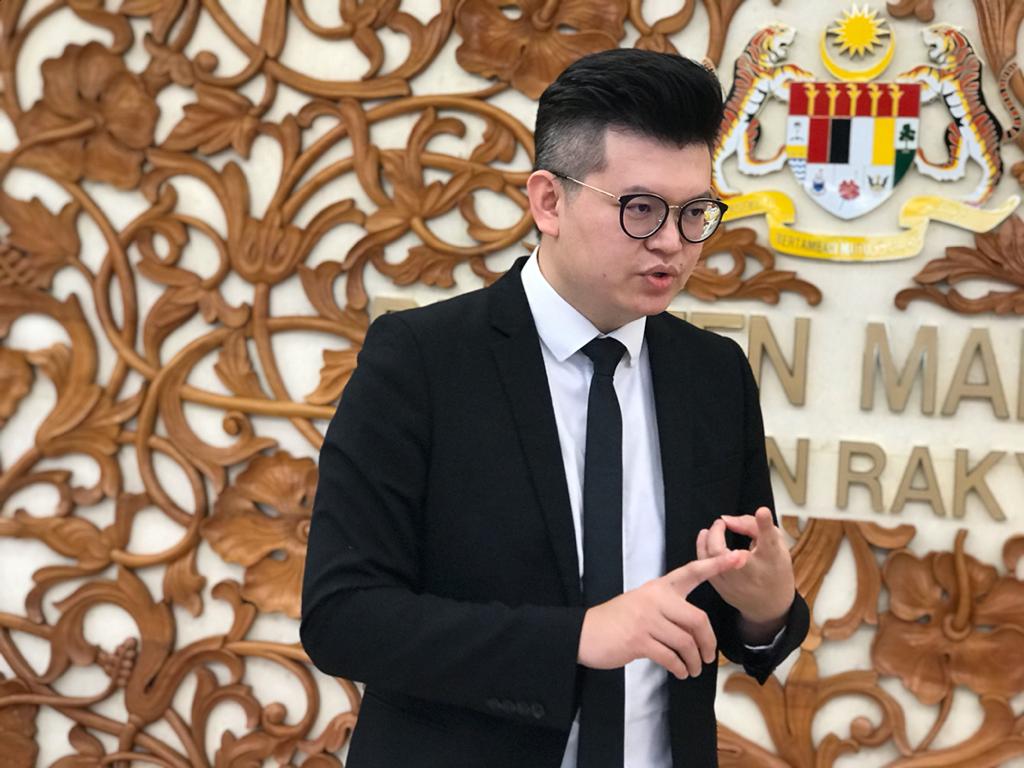KUALA LUMPUR, August 5 — Bandar Kuching MP Dr Kelvin Yii has questioned the distribution of doctors nationwide, after the government maintained health workers were sufficient according to World Health Organization (WHO) standards.
The Sarawakian MP pointed out that the official ratio of doctors to the population is 1:662 in Sarawak and 1:856 in Sabah, showing much fewer doctors per people in East Malaysia than the nationwide average of 1:454 as cited by Health Minister Dr Adham Baba.
Dr Adham also told the Dewan Rakyat yesterday that Malaysia has one health care worker (comprising doctors and nurses) for every 186 people, surpassing WHO’s 1:225 recommendation for universal health coverage stated in the United Nations agency’s 2016 report on health workforce requirements for universal health coverage and sustainable development goals.
“To use merely ratio of doctors to patients to measure universal health care coverage in our country is not painting the full picture as even with a high ratio, it can also mean that there is a congestion of health care workers in the bigger cities, especially in the Klang Valley, but lack in the rural areas,” Dr Yii said in a statement yesterday.
Dr Yii said that if one were to further analyse the urban-rural disparity, a whopping 45.6 per cent, or 98 out of 215 rural clinics in Sarawak, do not even have a doctor and are only run by medical assistants and nurses.
The DAP lawmaker also noted that certain medical departments lacked manpower, citing the 2018 Auditor-General’s Report that showed the emergency and trauma department was understaffed, underfunded, and overworked.
“This will lead to burnouts, which again affects the quality of care given to the patient,” Dr Yii said.
“That is why to fully achieve the principle of Universal Health Coverage (UHC), there are other limbs that need to be taken into consideration, including comprehensive population coverage, adequate health care services and also affordable access to health care.
“In order to achieve all those, what is more important is actually distribution of doctors and health care workers, especially in places of needs, especially in the rural areas.”
The DAP lawmaker said that this is the core issue that has to be addressed by the Ministry of Health (MOH) that must find ways to incentivise those working in rural places, to ensure that health care workers are distributed proportionately throughout the country.
“This is why I hope the Ministry will not use this ratio as an excuse not to absorb more health care workers into public services as we are still in urgent need of greater investment to public health care, including our human resource.”
Dr Adham has said Malaysia currently has 71,041 medical doctors across the public and private sectors, equivalent to one doctor for every 454 people, better than the 1:500 ratio that his predecessor, Dzulkefly Ahmad, had called for. Of these, 73 per cent, or 51,912 doctors, are working in MOH.








